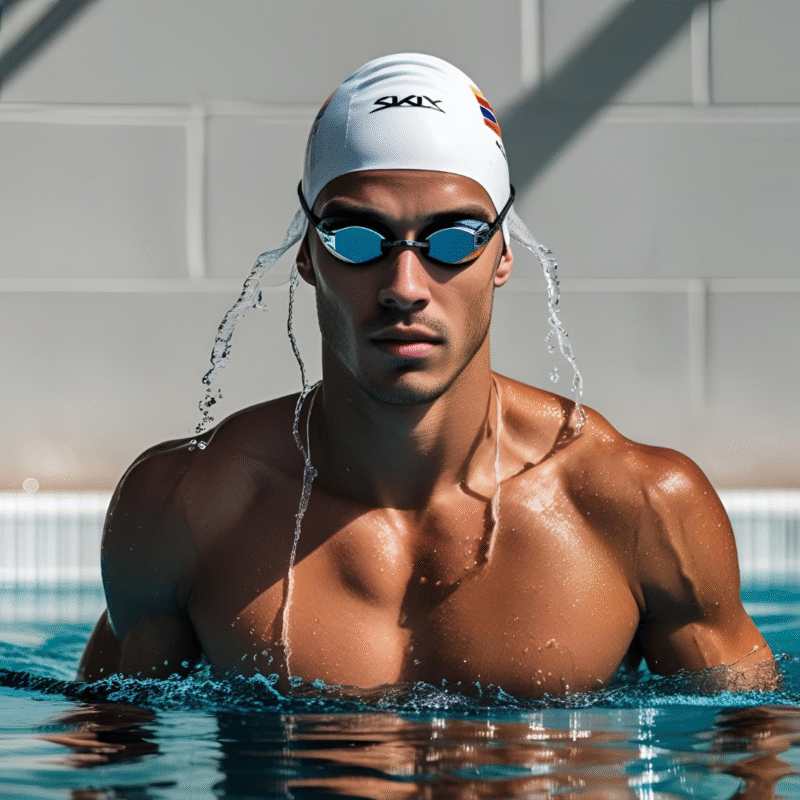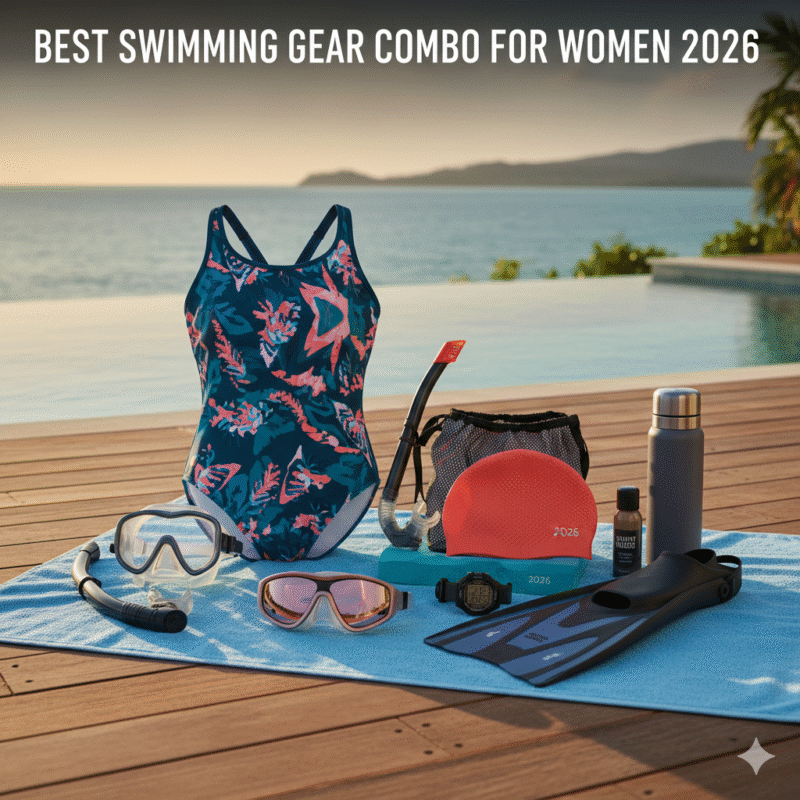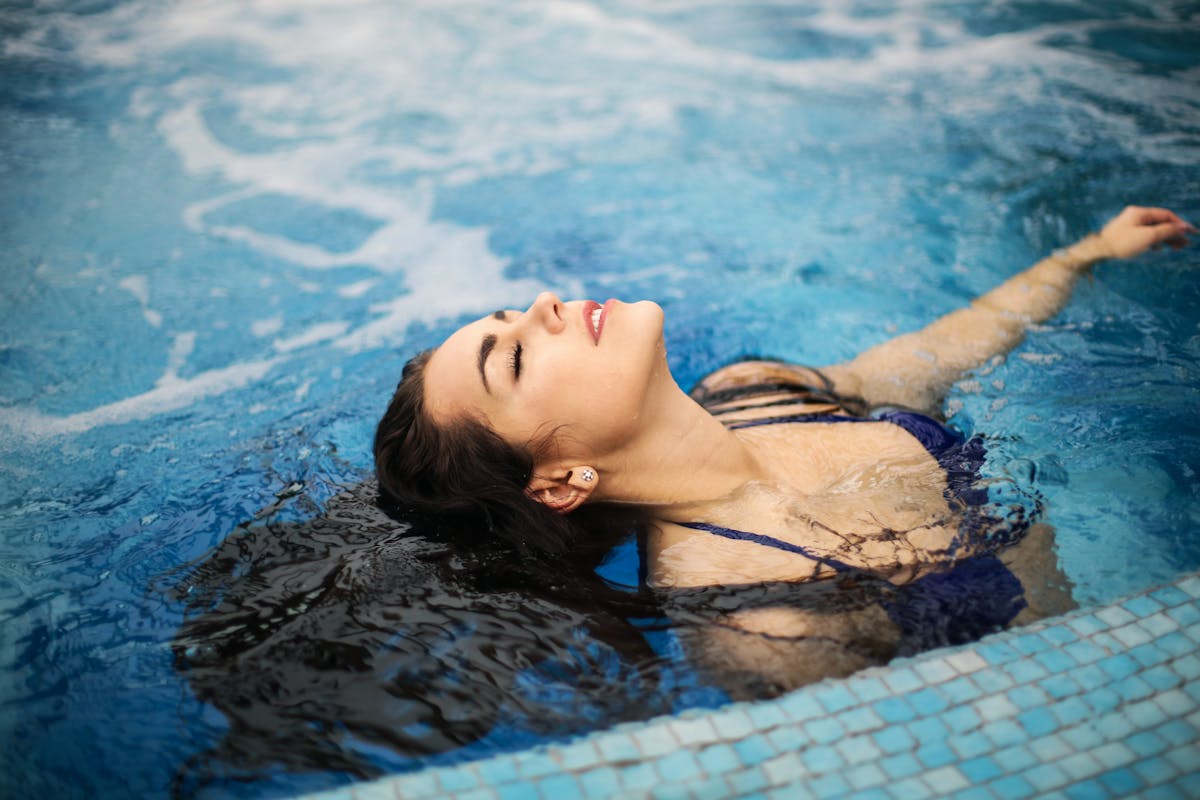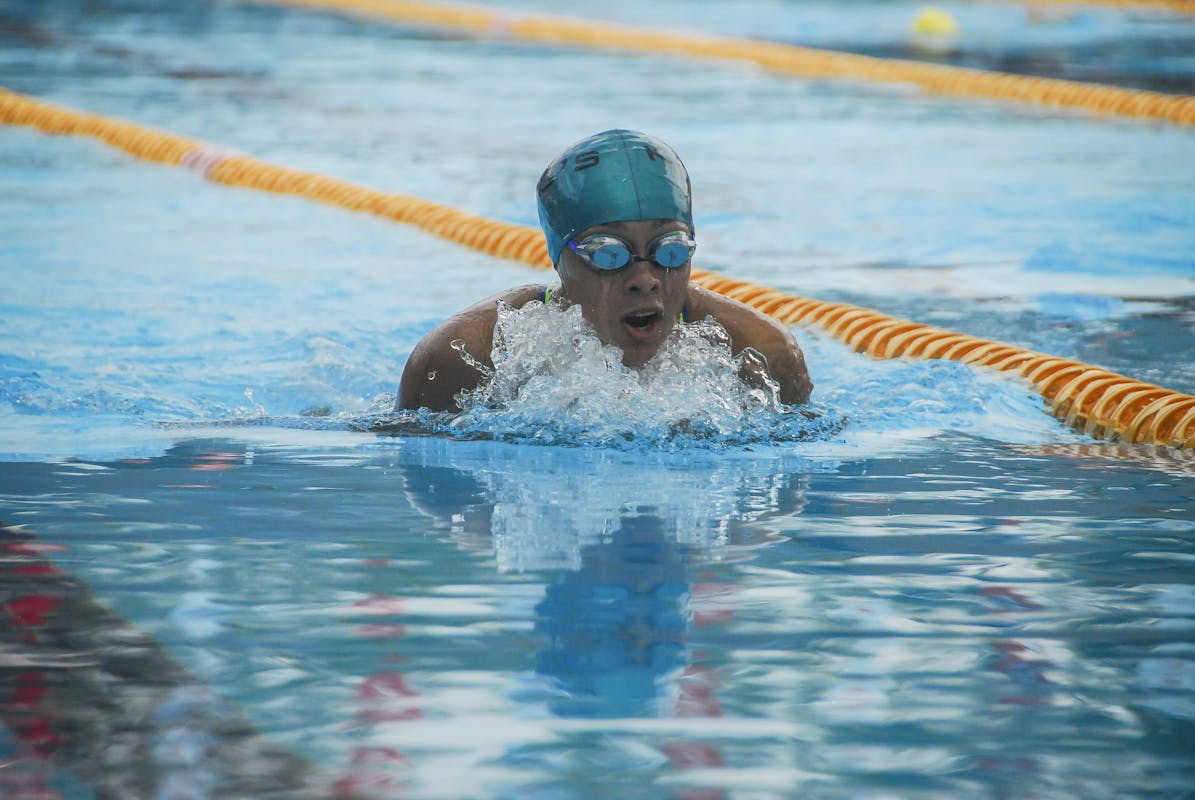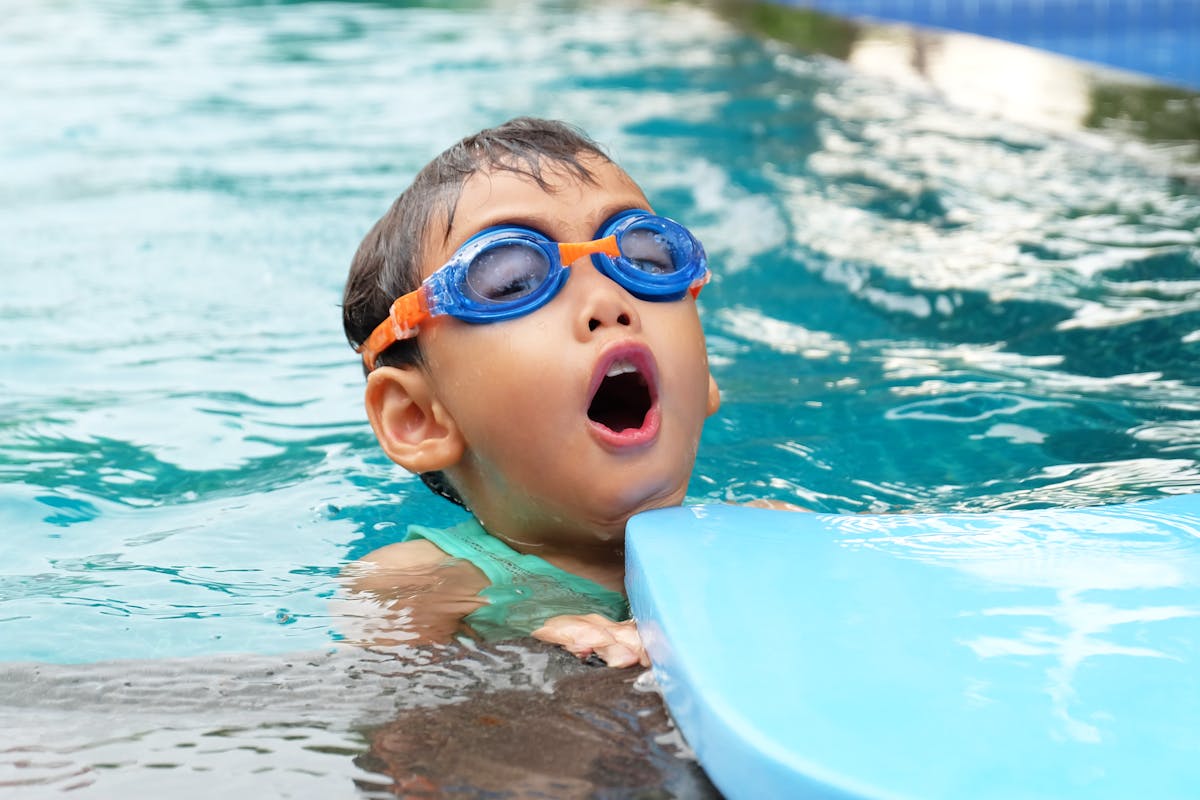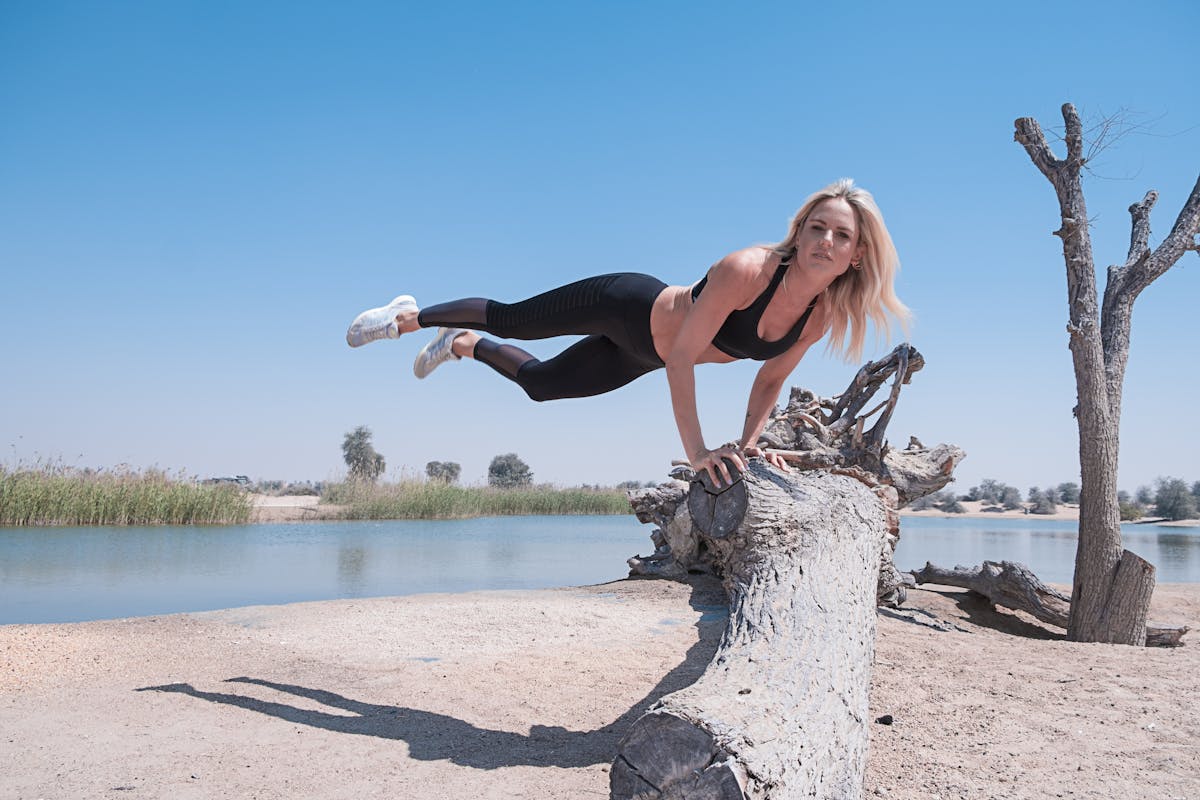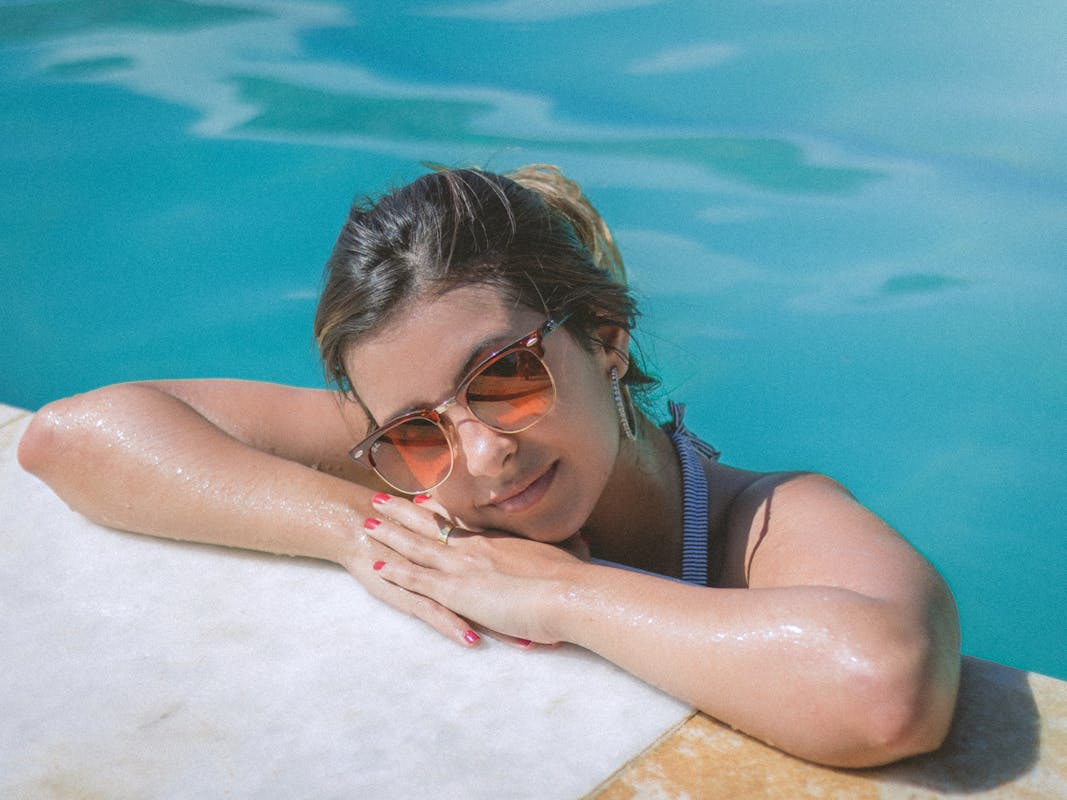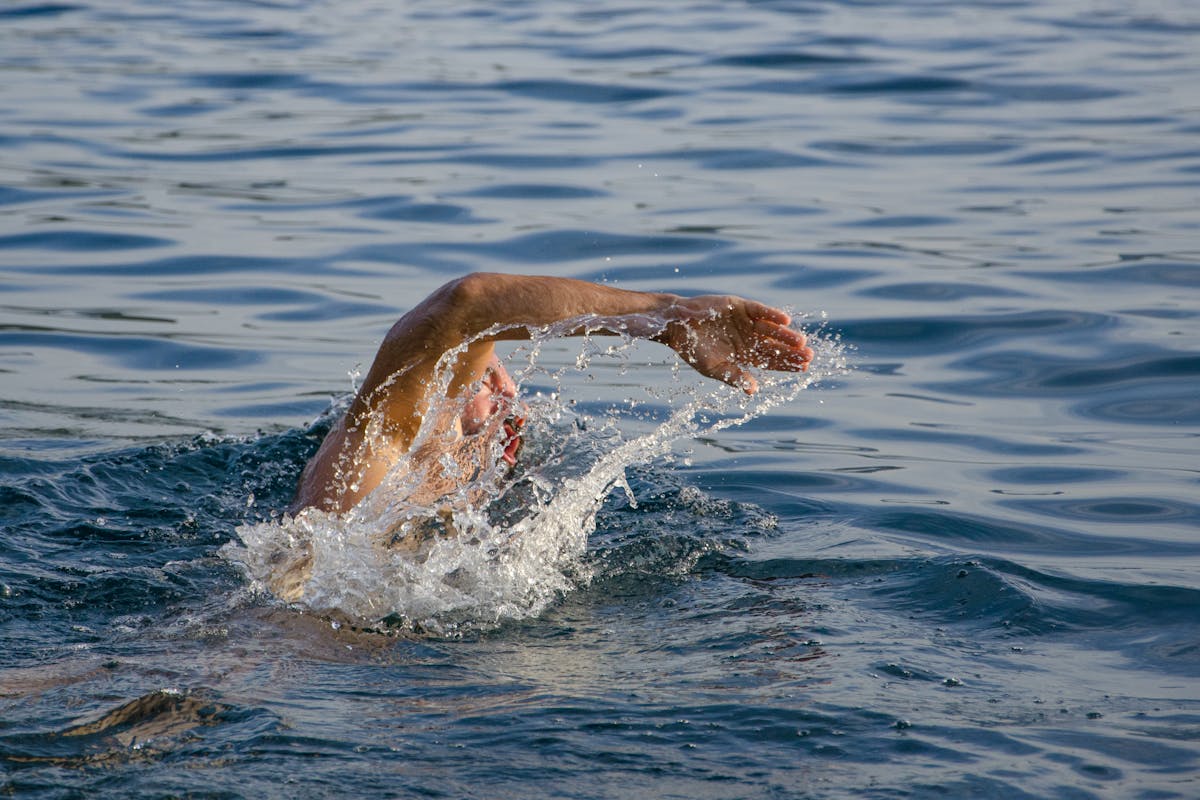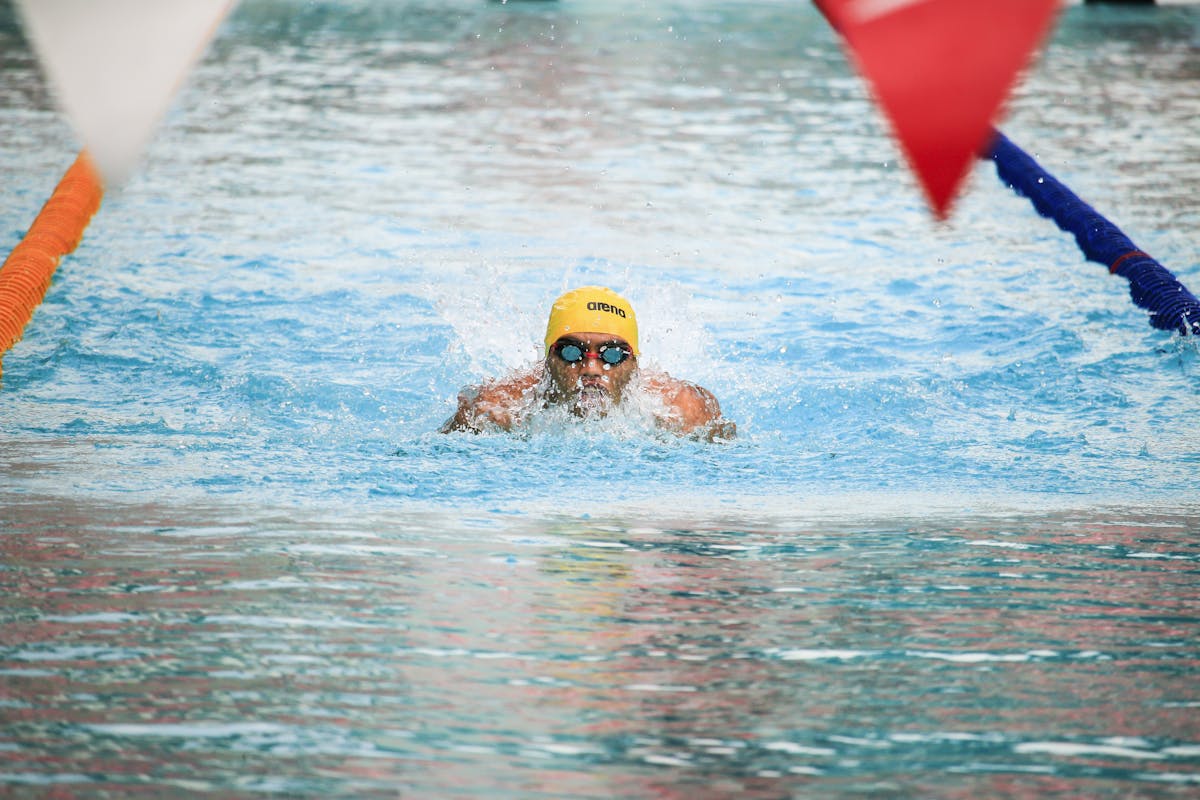Ready to take your swimming game to the next level? Discover the essential gear endorsed by experts, designed for speed, comfort, and style. 🌊 Why the Right Swim Gear Matters for Men Guys—whether you’re training laps or enjoying the beach—quality gear enhances performance, comfort, and confidence. The best swimming gear combo for men 2025 combines […]
Swim like a pro—feel confident, stylish, and comfortable with these must-have accessories. 🌟 Why Women Need Specialized Swim Gear Women’s gear should balance fit, support, durability, and style. The best swimming gear combo for women 2025 includes that perfect swimsuit, protective eyewear, and accessories to match every swim—from laps to beach lounging. 🎒 Essential Swimming […]
If you’ve ever spent hours in the pool like I have, you know how much a good pair of goggles can influence your swim. The wrong ones slip, fog up, or leave those dreaded raccoon marks around your eyes. The right pair, though? You almost forget you’re even wearing them. Over the past decade, swim […]
Not all goggles are made equal. Whether you’re swimming for fun, fitness, or serious competition, choosing the right pair of swimming goggles can make a world of difference. In this 2025 guide, I’ll walk you through exactly what to look for — based on real experience and what actually works in the water. ✅ Why […]
As both a swim coach and a father of two active swimmers, I know how important it is to find comfortable, leak-proof, and truly kid-friendly goggles. Over the past few years, I’ve tested dozens of models — and seen firsthand which ones kids actually wear (and which ones they toss aside after five minutes). In […]
The Ultimate Guide for Comfort, Clarity & Performance If you’re serious about improving your swimming, choosing the right pair of swim goggles isn’t just about style—it’s about performance. Whether you’re doing laps before sunrise or prepping for your first meet, training goggles should be comfortable, leak-free, and built to last. The wrong pair will constantly […]
When people think of swim training, they picture endless laps in the pool. But here’s the truth: if you want to be a faster, more efficient swimmer, you need to train outside the water too—especially your core. The core is the control center of your entire stroke. It helps you stay streamlined, transfer power from […]
If there’s one thing that separates good swimmers from great ones, it’s not always speed—it’s rhythm. And at the heart of rhythm lies breathing. I’ve coached dozens of swimmers, from beginners gasping for air every stroke to seasoned triathletes looking to improve endurance. And what I’ve learned is this: your breathing technique can make or […]
Even after years in the pool, many swimmers hit a plateau—not because they lack effort, but because their technique holds them back. The freestyle stroke, though seemingly simple, is full of subtle mechanics. And if just one part is off—be it your body position, timing, or breathing—everything else begins to unravel. Over the years, as […]
Freestyle—often referred to as the front crawl—is the fastest and most commonly used stroke in both competitive and recreational swimming. But perfecting your freestyle isn’t just about swimming lap after lap. Incorporating specific drills into your training routine can dramatically improve your technique, efficiency, and overall speed. In this article, we’ll explore 10 expert-recommended swim […]
When milliseconds matter, your gear must be razor-sharp — especially your swim goggles. Regular goggles may fog, leak, or slow you down with drag. That’s where racing swim goggles make a difference. Designed for hydrodynamics, tight fit, and crystal-clear underwater vision, the right racing goggles can give you the confidence to shave seconds off your […]
If you swim outdoors — in lakes, open water, or bright outdoor pools — regular goggles just won’t cut it. That harsh sunlight and surface glare? It can ruin your visibility and even your rhythm. That’s where polarized swim goggles shine. They reduce glare, protect your eyes from UV rays, and improve contrast and clarity […]

